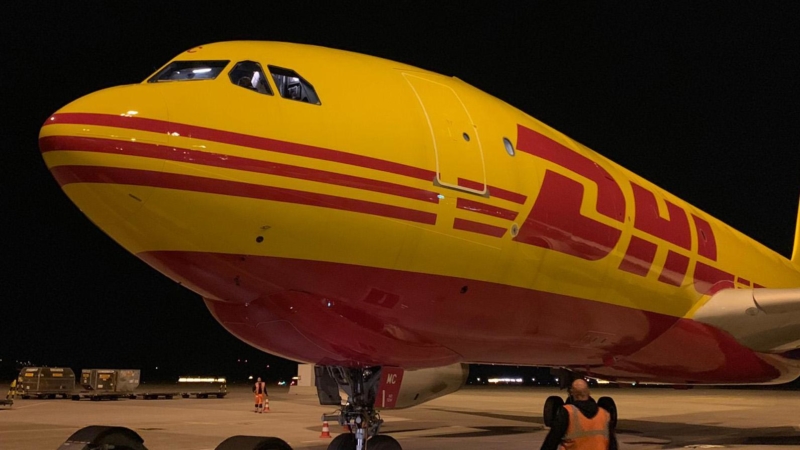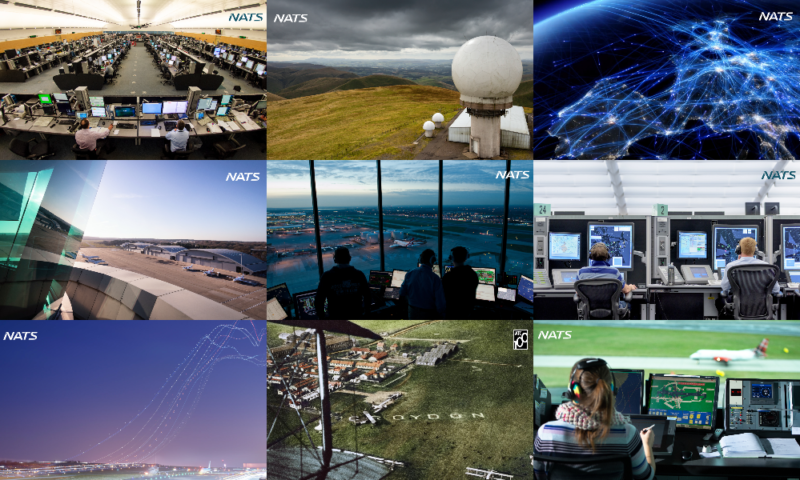You might have seen reports yesterday about DHL operating a ‘perfect flight’ from Leipzig to New York, made possible by the downturn in air traffic we’re currently experiencing as a result of Covid19.
Everything for the flight was designed to minimise emissions and maximise efficiency, from a pre-flight engine clean to improve aerodynamics, through to route optimisation and the use of the best possible descent profile into JFK with minimum engine power.
Last month I wrote about the concept of a ‘Sustainable Restart’ for aviation, and while a ‘perfect flight’ won’t always be possible as traffic begins to return, there are always lessons we can take from examples like this, not just operationally but in terms of industry collaboration too.
DHL worked with no less than 13 organisations to help support yesterday’s flight, including us and every other air traffic service provider en-route, with the aim of saving 1,000kg of fuel over what they’d usually expect to see under pre-Covid19 traffic levels. That corresponds to a reduction in CO2 of 3,150 kg.
Our role was to ensure the flight had the best and most direct route through domestic airspace, followed by the optimum trajectory and speed over the eastern North Atlantic before handing things over to our friends in Gander.
We await the full results from DHL, but from what we can see from our own data it looks like it was a great success. NATS uses an index called 3Di to calculate the environmental efficiency of each flight in our airspace. A flight that has a continuous climb and descent and direct route with no airborne holding would get a score of zero, while the UK average under normal circumstances is around 28.
Yesterday’s DHL flight scored 0.013 which is about as close as you can get to a perfect flight through UK airspace.
Last week Juliet Kennedy spoke in her blog post about this being a once in a generation opportunity to ‘build back better’, so what can we take from a one-off exhibition flight to transfer to our normal operation?
Following the introduction of real-time satellite surveillance over the Atlantic last year and with traffic still at very low levels, we have been encouraging our oceanic airline customers to request the optimal flight profile, level and speed at every opportunity, both in their flight planning and while en-route. Any optimisation is not only beneficial to the environment, but also saves money in fuel costs at a time when the airlines need it most.
In terms of domestic airspace, prior to the traffic downturn, airborne holding was standard for all the big London airports and to a lesser extent at Manchester, Glasgow and Edinburgh. While we’ve reduced holding times in recent years thanks to tools like cross-border arrival management, it is still noisy and hugely inefficient in terms of fuel burn and emissions. Of course, since the middle of March it has all but disappeared along with the vast majority of traffic.
Is it possible to eradicate any residual holding in the system today? And in the longer term can we work to a new framework that will significantly reduce the number of flights holding? I believe we can, but it will require cross-industry participation and collaboration from NATS, the airports and airlines. DHL has given us all an excellent example to follow.
Comments
Please respect our commenting policy and guidelines when posting on this website.





04.07.2020
17:49
Harry Hurn
As much as some people would like it to, ATC doesn’t run on rails. Other aircraft get in the way, aircraft get moved off the invisible perfect profile because if they didn’t …..